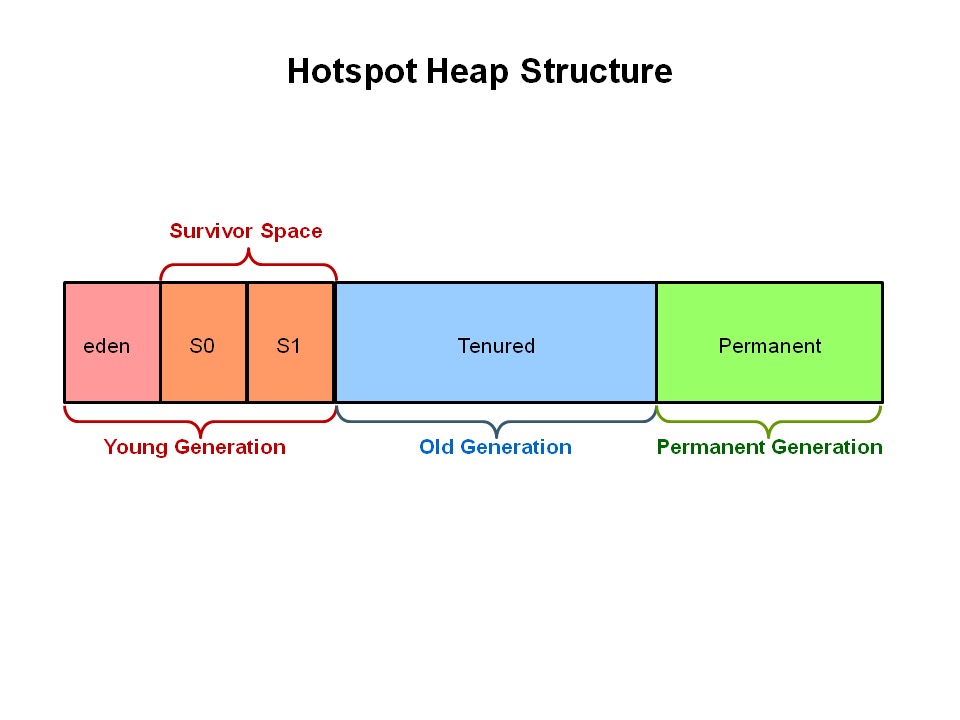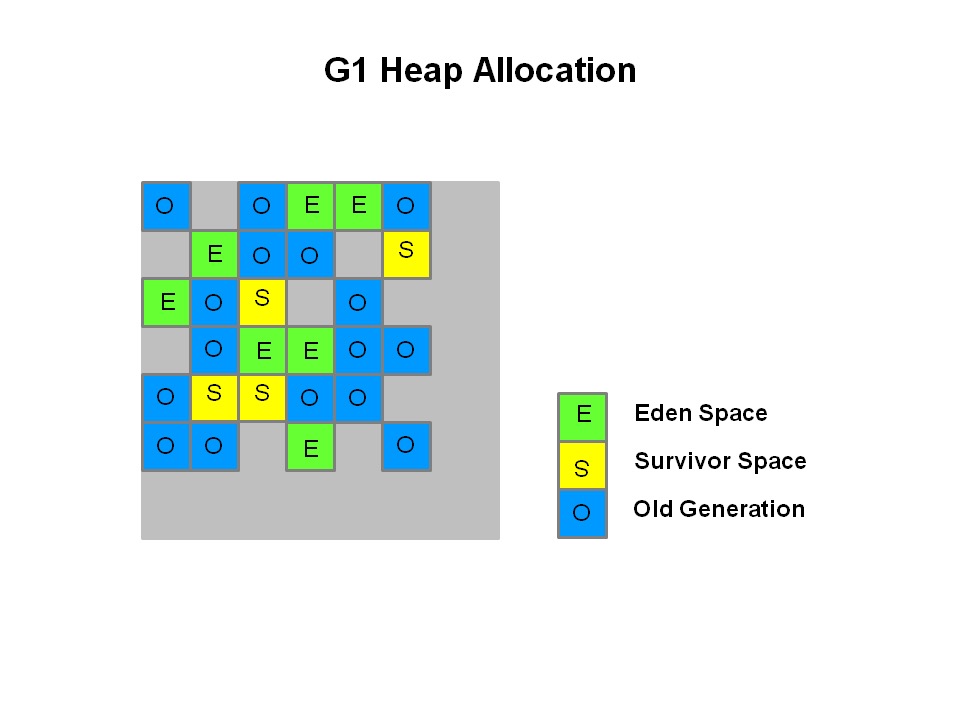gogs使用webhook部署react单页应用
众所周知,我是个前端彩笔,但是也想做点自己可以用的工具页面,所以就让朋友推荐了蚂蚁出品的 ant design,说基本可以直接 ctrl-c ctrl-v,实测对我这种来说还是有点难的,不过也能写点,但是现在碰到的问题是怎么部署到自己的服务器上去
用 ant design 写的是个单页应用,实际来说就是一个 html 加 css 跟 js,最初的时候是直接 build 完就 scp 上去,也考虑过 rsync 之类的,但是都感觉不够自动化,正好自己还没这方面的经验就想折腾下,因为我自己搭的仓库应用是 gogs,搜了一下主要是跟 drones 配合做 ci/cd,研究了一下发现其实这个事情没必要这么搞(PS:drone 也不好用),整个 hook 就可以了, 但是实际上呢,这东西也不是那么简单
首先是需要在服务器上装 webhook,这个我一开始用 snap 安装,但是出现问题,run 的时候会出现后面参数带的 hooks.json 文件找不到,然后索性就直接 github 上下最新版,放 /usr/local/bin 了,webhook 的原理呢其实也比较简单,就是起一个 http 服务,通过 post 请求调用,解析下参数,如果跟配置的参数一致,就调用对应的命令或者脚本。
配置 hooks.json
webhook 的配置,需要的两个文件,一个是 hooks.json,这个是 webhook 服务的配置文件,像这样1
2
3
4
5
6
7
8
9
10
11
12
13
14
15
16
17
18
19
20
21
22
23
24
25
26
27
28
29
30
31
32
33
34
35
36
37
38
39
40
41
42
43
44
45
46
47
48
49
50
51
52[
{
"id": "redeploy-app",
"execute-command": "/opt/scripts/redeploy.sh",
"command-working-directory": "/opt/scripts",
"pass-arguments-to-command":
[
{
"source": "payload",
"name": "head_commit.message"
},
{
"source": "payload",
"name": "pusher.name"
},
{
"source": "payload",
"name": "head_commit.id"
}
],
"trigger-rule":
{
"and":
[
{
"match":
{
"type": "payload-hash-sha1",
"secret": "your-github-secret",
"parameter":
{
"source": "header",
"name": "X-Hub-Signature"
}
}
},
{
"match":
{
"type": "value",
"value": "refs/heads/master",
"parameter":
{
"source": "payload",
"name": "ref"
}
}
}
]
}
}
]
这是个跟 github搭配的示例,首先 id 表示的是这个对应 hook 的识别 id,也可以看到这个 hooks.json 的结构是这样的一个数组,然后就是要执行的命令和命令执行的参数,值得注意的是这个trigger-rule,就是请求进来了回去匹配里面的,比如前一个是一个加密的,放在请求头里,第二个 match 表示请求里的 ref 是个 master 分支,就可以区分分支进行不同操作,但是前面的加密配合 gogs 使用的时候有个问题(PS: webhook 的文档是真的烂),gogs 设置 webhook 的加密是用的
密钥文本将被用于计算推送内容的 SHA256 HMAC 哈希值,并设置为
X-Gogs-Signature请求头的值。
这种加密方式,所以 webhook 的这个示例的加密方式不行,但这货的文档里居然没有说明支持哪些加密,神TM,后来还是翻 issue 翻到了, 需要使用这个payload-hash-sha256
执行脚本 redeploy.sh
脚本类似于这样1
2
3
4
5
6
7
8
9
10
11
12
13
14
15!/bin/bash -e
function cleanup {
echo "Error occoured"
}
trap cleanup ERR
commit_message=$1 # head_commit.message
pusher_name=$2 # pusher.name
commit_id=$3 # head_commit.id
cd ~/do-react-example-app/
git pull origin master
yarn && yarn build
就是简单的拉代码,然后构建下,真实使用时可能不是这样,因为页面会部署在 nginx 的作用目录,还需要 rsync 过去,这部分可能还涉及到两个问题第一个是使用 rsync 还是其他的 cp,不过这个无所谓;第二个是目录权限的问题,以我的系统ubuntu 为例,默认用户是 ubuntu,nginx 部署的目录是 www,所以需要切换用户等操作,一开始是想用在shell 文件中直接写了密码,但是不知道咋传,查了下是类似于这样 echo "passwd" | sudo -S cmd,通过管道命令往后传,然后就是这个-S, 参数的解释是-S, --stdin read password from standard input,但是这样么也不是太安全的赶脚,又看了下还有两种方法,
就是给root 设置一个不需要密码的命令类似于这样,
1
2myusername ALL = (ALL) ALL
myusername ALL = (root) NOPASSWD: /path/to/my/program另一种就是把默认用户跟 root 设置成同一个 group 的
使用
真正实操的时候其实还有不少问题,首先运行 webhook 就碰到了我前面说的,使用 snap 运行的时候会找不到前面的 hooks.json配置文件,执行snap run webhook -hooks /opt/hooks/hooks.json -verbose就碰到下面的couldn't load hooks from file! open /opt/hooks/hooks.json: no such file or directory,后来直接下了个官方最新的 release,就直接执行 webhook -hooks /opt/hooks/hooks.json -verbose 就可以了,然后是前面的示例配置文件里的几个参数,比如head_commit.message 其实 gogs 推过来的根本没这玩意,而且都是数组,不知道咋取,烂文档,不过总比搭个 drone 好一点就忍了。补充一点就是在 debug 的时候需要看下问题出在哪,看看脚本有没有执行,所以需要在前面的 json 里加这个参数"include-command-output-in-response": true, 就能输出来脚本执行结果

